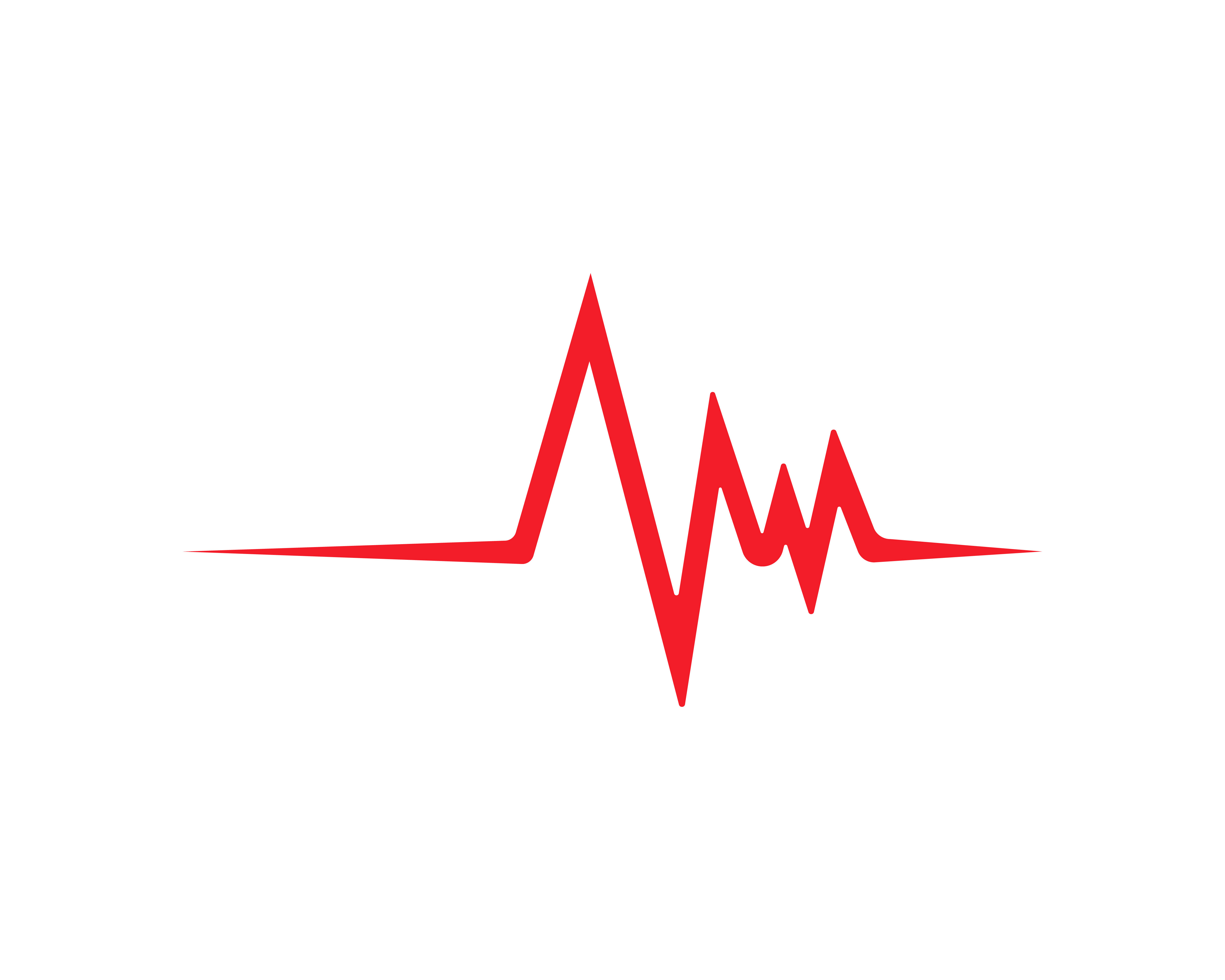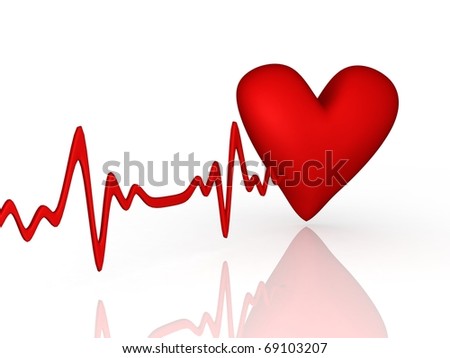

The most common cause of the latter is orthostatic hypotension (also called postural hypotension). This can happen in response to a decrease in blood volume (through dehydration or bleeding), or an unexpected change in blood flow. If blood pressure decreases, the heart beats faster in an attempt to raise it. The body has several feedback mechanisms to maintain adequate blood flow and blood pressure. Tachycardias can be further classified as either regular or irregular. Narrow complex tachycardias tend to originate in the atria, while wide complex tachycardias tend to originate in the ventricles. Narrow and wide refer to the width of the QRS complex on the ECG. Tachycardias may be classified as either narrow complex tachycardias (supraventricular tachycardias) or wide complex tachycardias. Pacemaker-tracked or pacemaker-mediated tachycardia.


Differential diagnosis ġ2 lead electrocardiogram showing a ventricular tachycardia (VT)Īn electrocardiogram (ECG) is used to classify the type of tachycardia. The increased heart rate also leads to increased work and oxygen demand by the heart, which can lead to rate related ischemia. When the heart beats excessively or rapidly, the heart pumps less efficiently and provides less blood flow to the rest of the body, including the heart itself. Heart rate is considered in the context of the prevailing clinical picture. >15 years – adult: Tachycardia >100 bpm.1–2 days: Tachycardia >159 beats per minute (bpm).Cutoff values for tachycardia in different age groups are fairly well standardized typical cutoffs are listed below: The upper threshold of a normal human resting heart rate is based on age. Circulatory shock and its various causes ( obstructive shock, cardiogenic shock, hypovolemic shock, distributive shock).


 0 kommentar(er)
0 kommentar(er)
